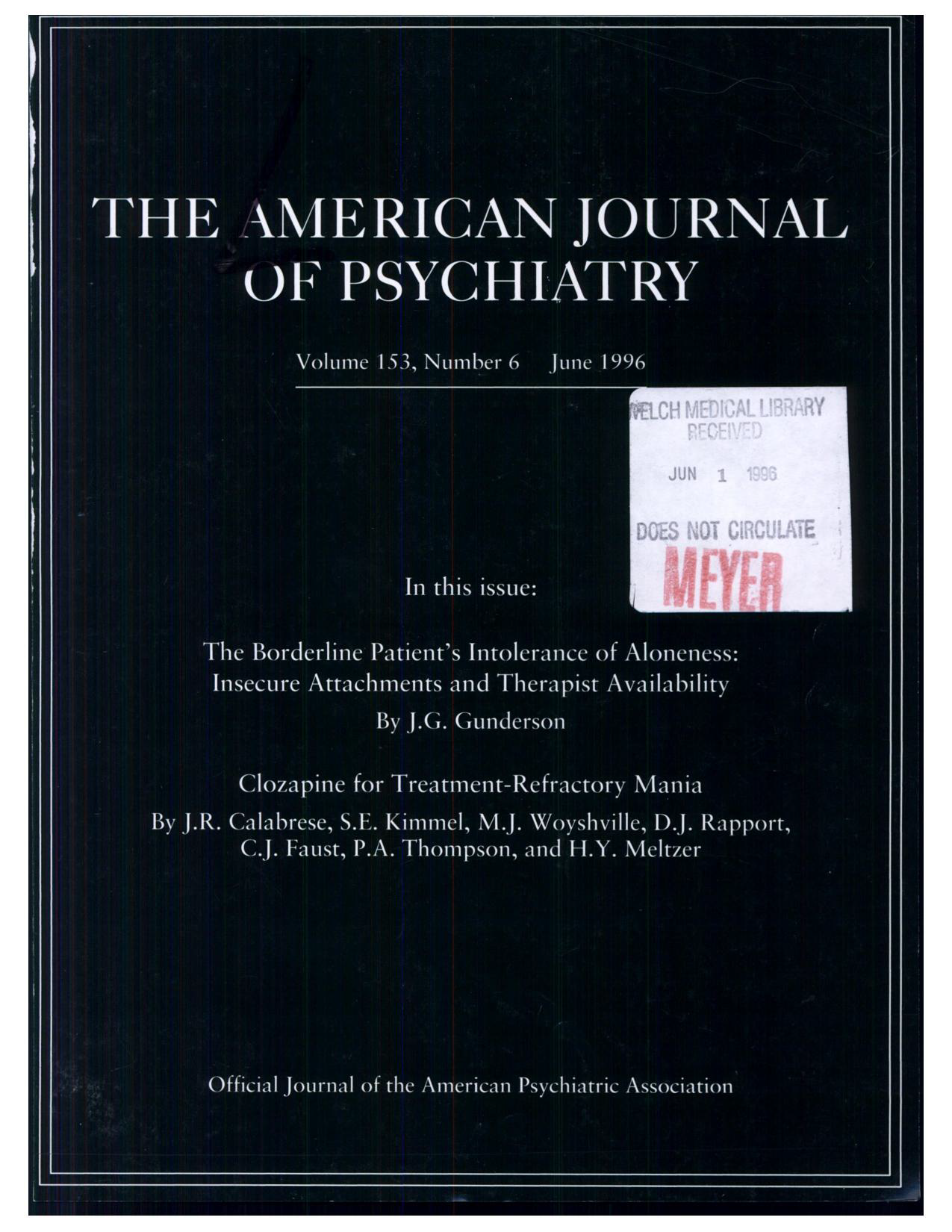Amphetamine use: return of an old scourge in a consultation psychiatry setting
Abstract
OBJECTIVE: Recreational use of amphetamine and its analogues has increased considerably during the last decade. The aim of this study was to determine possible demographic characteristics of amphetamine users and nonusers who were seen in psychiatric consultations on inpatient medical and surgery wards. METHOD: The authors examined data from 2,983 patients admitted to the University of California, San Diego, Medical Center and seen by consultation-liaison psychiatrists from January 1989 to June 1995. Amphetamine use was identified by the results of toxicological screening or patients' self-reports. RESULTS: Throughout the interval covered by the analysis, 8.7% of the patients with consultations were current amphetamine users. The percentage of users decreased from 9.1% in 1989 to 4.5% in 1992 but increased after that to reach 15.6% in the first half of 1995. The users were generally younger than the nonusers; they were typically male, white, single, uninsured, and unemployed. In comparison with nonusers, the users were more likely to have a past psychiatric history (outpatient treatment or inpatient admission) and a family history of psychiatric disorder. The users were more often admitted because of suicide attempts, had a higher probability of being HIV-positive, and were overrepresented in the psychiatric consultations requested by the departments of infectious diseases, obstetrics/gynecology, and trauma surgery. CONCLUSIONS: The high prevalence of amphetamine-using patients referred for psychiatric consultation is striking. Although young white men were especially likely to be users, there were users in all age groups, in nearly all hospital wards, and with a variety of psychiatric symptoms.
Access content
To read the fulltext, please use one of the options below to sign in or purchase access.- Personal login
- Institutional Login
- Sign in via OpenAthens
- Register for access
-
Please login/register if you wish to pair your device and check access availability.
Not a subscriber?
PsychiatryOnline subscription options offer access to the DSM-5 library, books, journals, CME, and patient resources. This all-in-one virtual library provides psychiatrists and mental health professionals with key resources for diagnosis, treatment, research, and professional development.
Need more help? PsychiatryOnline Customer Service may be reached by emailing [email protected] or by calling 800-368-5777 (in the U.S.) or 703-907-7322 (outside the U.S.).



